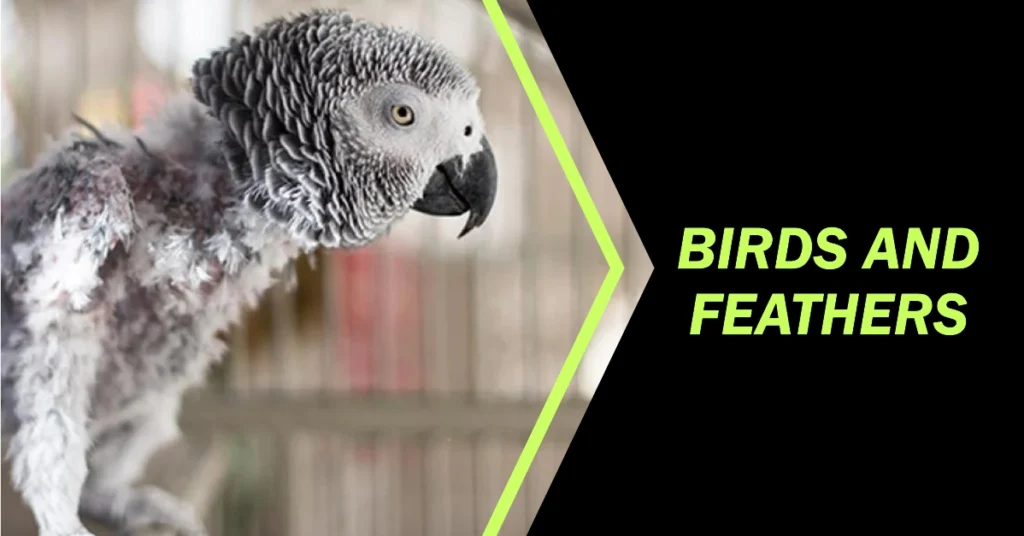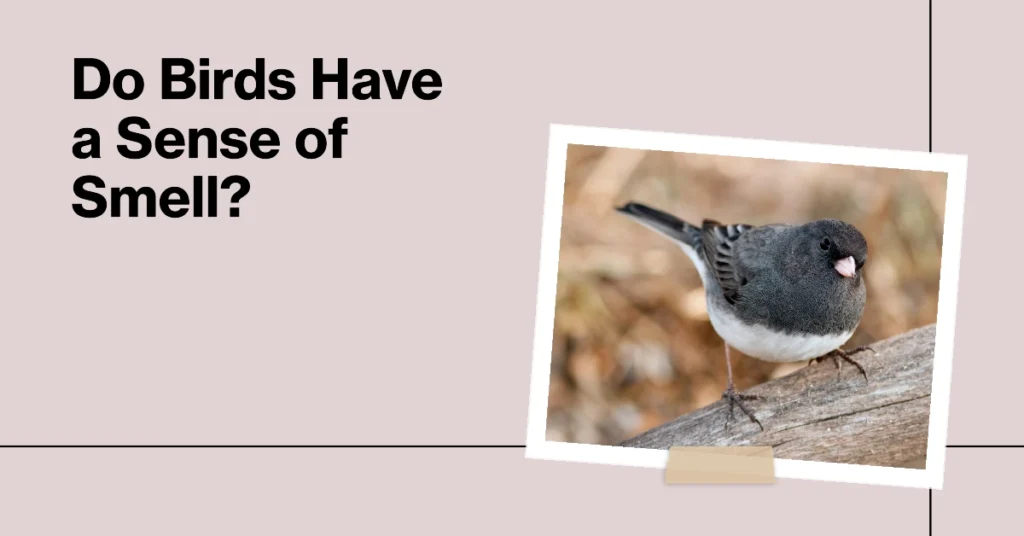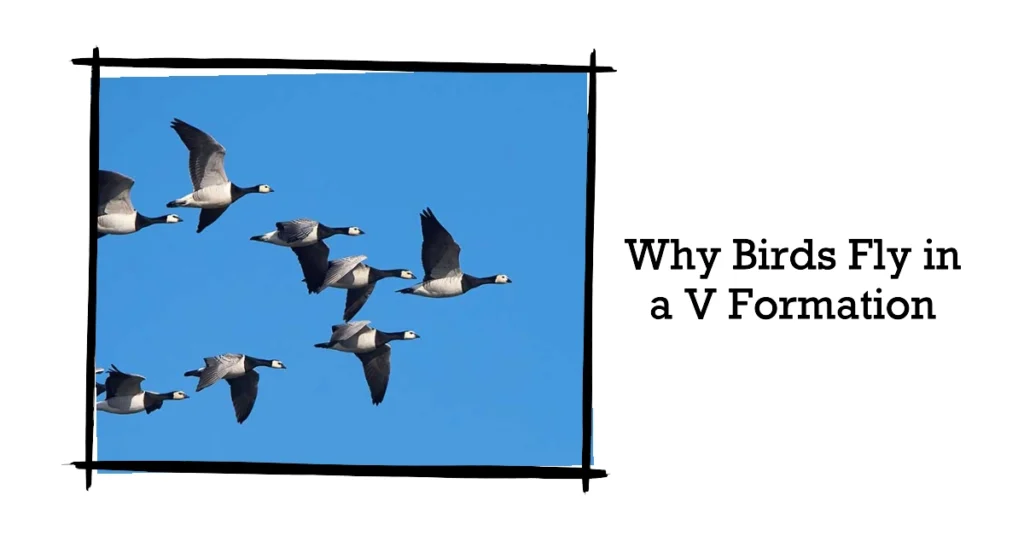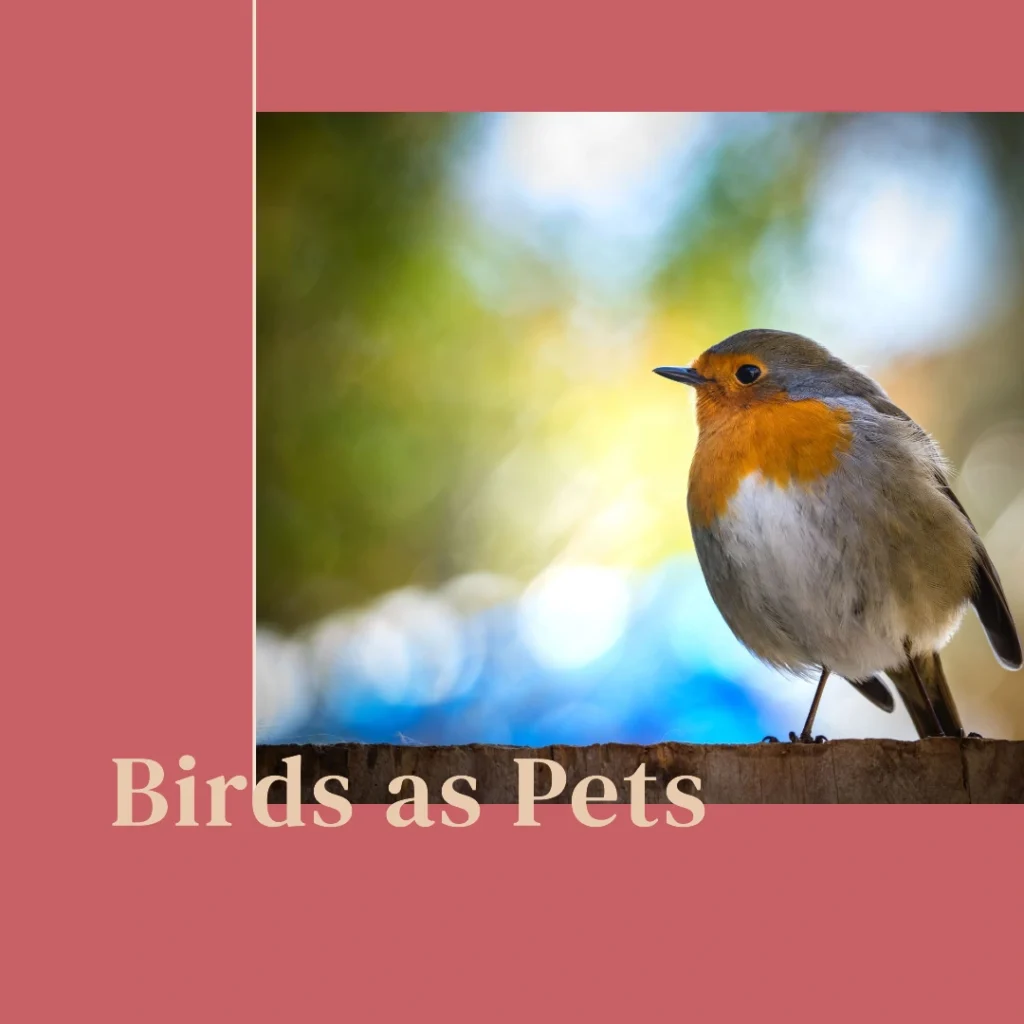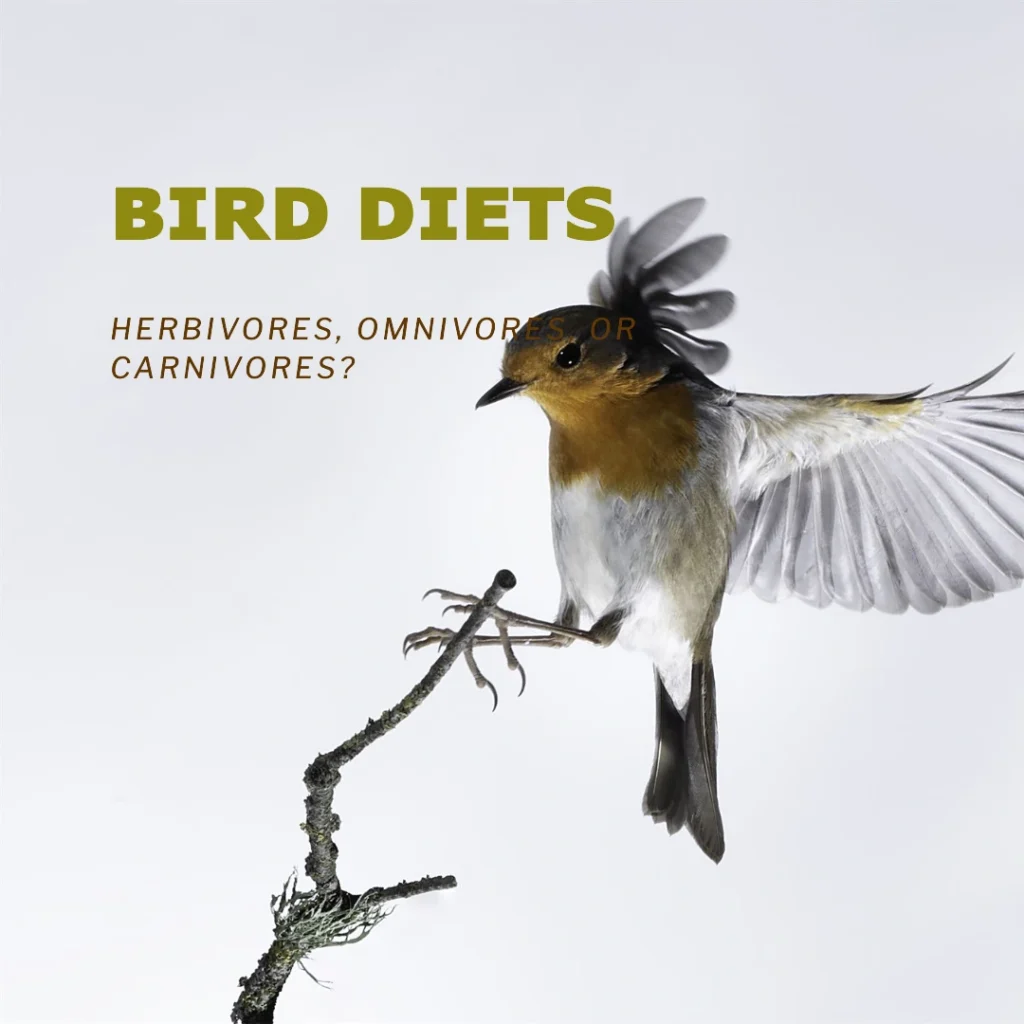Birds are amazing creatures that have many ways to survive the cold winter weather. Even when temperatures drop below freezing and snow blankets the ground, birds are able to stay warm and healthy. Let’s explore some of the cool facts about how birds make it through the winter.

Table of Contents
Feathers Provide Insulation
One of the main ways birds stay warm is with their feathers. Bird feathers are specially designed to trap body heat and keep the cold air out. Underneath the outer feathers, birds have a layer of soft, fluffy down feathers. This down acts like a puffy jacket, holding in warmth.
Some birds that live in very cold places will grow extra feathers in the winter to bulk up their insulation even more. Birds also keep their feathers clean and waterproof by spreading oil from a gland near their tail. This allows them to stay dry, which is important for maintaining body heat.
When you see a bird all puffed up on a chilly day, it’s actually increasing the insulating power of its feathers. By fluffing out, birds create more air pockets between their feathers. This trapped air helps keep them toasty.
Eating More Food
Staying warm takes a lot of energy. To fuel their internal furnace, birds have to eat a lot during the winter. Some birds will gorge themselves in the fall to build up body fat that will provide extra insulation and an energy reserve.
Birds that tough out the winter need to constantly refuel with high-energy foods like seeds and suet. Setting up a bird feeder in your yard can give them a much-needed boost. Favorites like black oil sunflower seeds, suet cakes, and peanuts provide the fats and calories birds need to maintain their body temperature in freezing weather.
Finding Shelter
When the wind is howling and snow is blowing, birds seek out protected places to hunker down. Dense shrubs, evergreen trees, brush piles, and tree cavities all make good shelters. These refuges block the wind and help birds conserve body heat.
Birdhouses can also provide a warm, dry place for birds to roost. Species like chickadees and bluebirds will pile into a birdhouse together to share body heat on cold nights. If you clean out your birdhouses after the nesting season ends, they’ll be ready for winter residents.
Tucking and Shivering
Have you ever noticed a bird standing on one leg or with its beak tucked under its wing? These postures help birds stay warm by reducing the amount of body surface exposed to the elements. By tucking one foot up into its belly feathers, a bird can keep that foot warm while standing on the other. Birds also tuck their bills into their shoulder feathers to protect their bare face skin.
Just like people, birds shiver to generate body heat. Shivering is when muscles rapidly contract, which creates warmth. This uses up a lot of calories though, so birds can’t shiver indefinitely. Finding good shelter and having enough food to eat allows birds to shiver in short bursts when needed.
Huddling Together
There’s warmth in numbers! Some types of birds, like bluebirds, chickadees, and finches, will huddle together in a tight group to share body heat. Dozens of birds may crowd together in a small space, all fluffed up, to keep warm.
Scientists have found that birds expend a lot less energy when roosting in a group versus alone. Huddling can allow them to maintain a higher body temperature while burning fewer calories. This clever strategy helps them conserve energy and fat reserves to survive the long winter.
Special Adaptations
Certain bird species have additional adaptations that help them cope with the cold. For example, the legs and feet of ducks and gulls have a special arrangement of blood vessels that minimizes heat loss. Warm blood coming from the heart warms up the cold blood returning from the feet, recycling heat back into the body. This is why ducks can stand on ice without their feet freezing.
Birds that spend a lot of time floating on cold water, like petrels and penguins, have a thick layer of body fat for added insulation. Some diving birds, like loons, can even constrict blood flow to their outer body to focus warmth around critical organs during deep dives.
Migrating to Warmer Areas
Of course, many bird species choose to avoid the cold altogether by migrating to milder regions in the winter. Migration is a big undertaking though, requiring a lot of energy. Birds that fly south must build up large fat reserves to fuel their long-distance journeys.
For birds that remain behind, called winter residents, the key is finding enough food. If birds can locate sufficient food sources, they can generate enough body heat to withstand very low temperatures. This is why so many winter birds frequent our feeders – the easy, reliable food helps them survive the harsh conditions.
Recap of How Birds Stay Warm
To review, here are some of the main ways birds stay warm in winter:
- Insulating feathers trap body heat
- Eating more food generates energy and fat reserves
- Finding shelter blocks wind and cold
- Tucking feet and bills minimizes exposed skin
- Shivering produces bursts of body heat
- Huddling in groups allows birds to share warmth
- Special physical adaptations prevent heat loss
- Migrating avoids the cold altogether
Birds have an impressive array of strategies for dealing with freezing temperatures, snow, and winter storms. While we bundle up in coats, hats, and gloves, birds use their natural adaptations to stay warm and healthy all winter long. The next time you see birds at your feeder on a blustery day, you’ll have a new appreciation for their incredible resilience!

